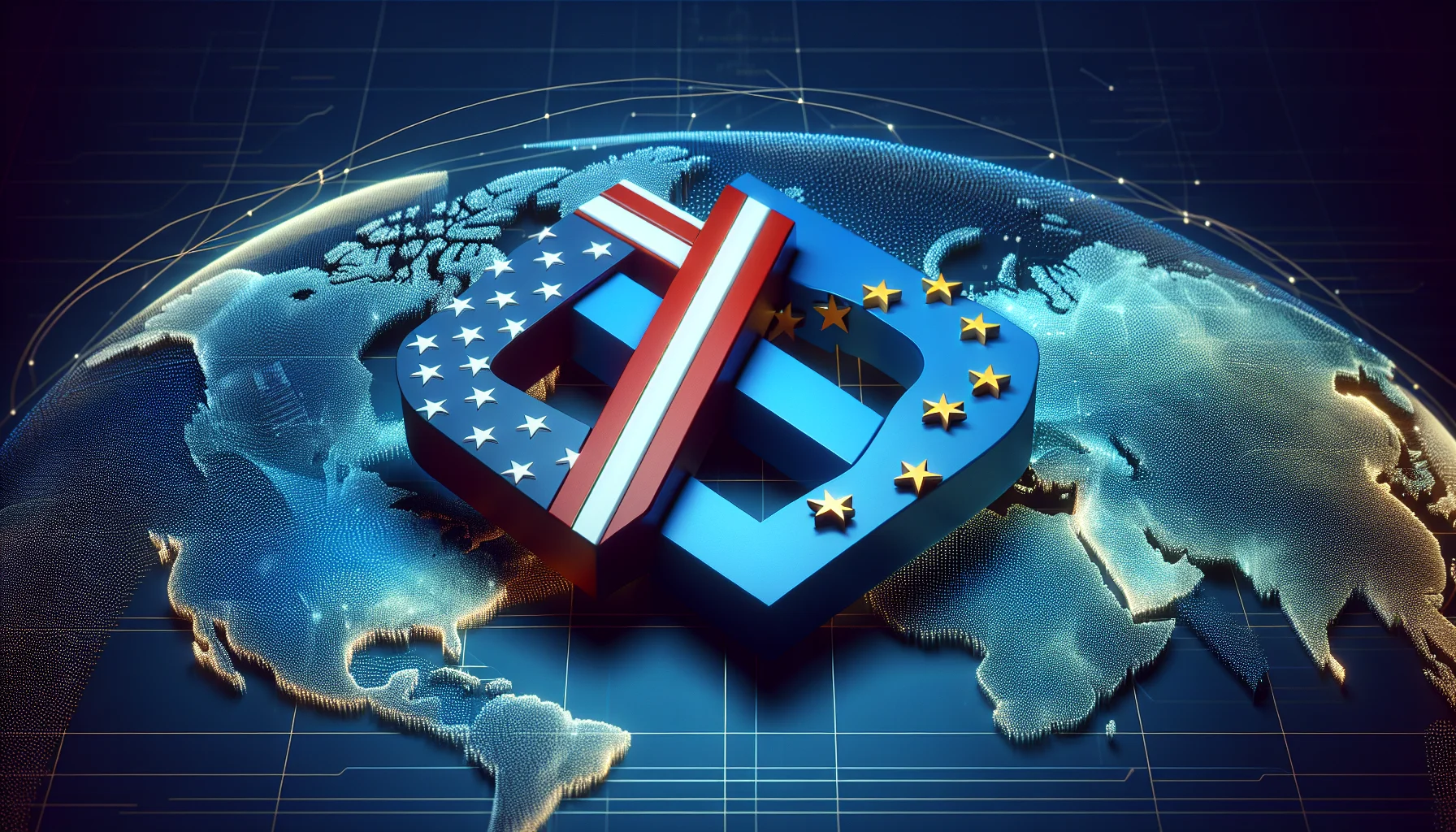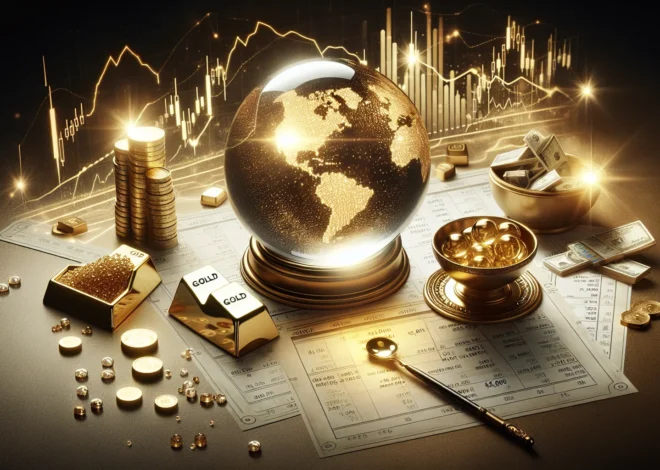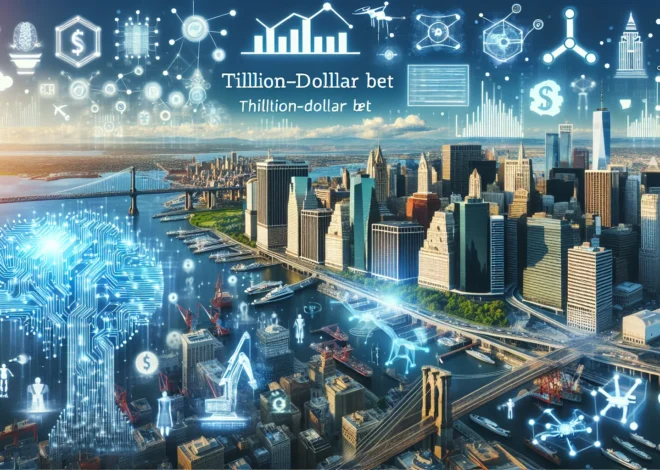
Forging a New Alliance: How a US-EU Steel Pact Aims to Reshape Global Trade
In the intricate dance of global economics, some moves are subtle, while others are seismic shifts designed to redraw the entire map. We are currently witnessing one of the latter. The European Union and the United States are on the cusp of finalizing a landmark agreement on steel and aluminum that does more than just settle old trade disputes—it aims to forge a new economic bloc, one built on a shared vision of green industry and a common wariness of China’s market dominance.
This isn’t merely a story about metal. It’s a story about the future of manufacturing, the weaponization of climate policy, and the evolving landscape of international finance. For business leaders, investors, and anyone with a stake in the global economy, understanding the mechanics and implications of this “green steel club” is paramount.
The Core of the Conflict: A Flood of Steel and a Climate Conundrum
For years, Western steel producers have struggled to compete against a deluge of cheaper steel, primarily from China. The issue is twofold. First, China’s steel industry, which accounts for over half of the world’s production, benefits from significant state subsidies. This allows producers to operate with different economic realities, often leading to overcapacity and the “dumping” of steel on global markets at prices that Western companies, bound by market forces, cannot match.
Second, a significant portion of this production relies on older, coal-fired blast furnaces, resulting in a much higher carbon footprint. As the US and EU pivot towards aggressive climate goals, they face a difficult paradox: how can they decarbonize their own heavy industries without simply ceding the entire market to foreign competitors who don’t play by the same environmental rules?
This proposed transatlantic pact is the answer to that paradox. It seeks to create a new trade framework that levels the playing field by targeting both issues simultaneously.
The “Green Steel Club”: A New Blueprint for Trade
The proposed agreement is elegant in its strategic design. It moves beyond the blunt-force tariffs of the past and introduces a more sophisticated, two-pronged system for taxing steel and aluminum imports. The new tariffs would be based on:
- Carbon Intensity: A levy on imports from countries whose production methods are deemed environmentally “dirty” or carbon-intensive. This directly promotes and protects investments in greener steelmaking technologies, like electric arc furnaces and green hydrogen.
- Market Distortion: A separate levy targeting products from state-subsidized industries that create global overcapacity. This is a thinly veiled but powerful measure aimed squarely at China’s economic model.
In essence, the US and EU are creating an exclusive club. To gain preferential access, a country’s steel industry must be both clean and fair. This strategic alignment aims to resolve the lingering Trump-era “Section 232” tariffs while building a united front for a new era of geopolitical and economic competition.
The Geopolitical Chessboard: More Than Just Economics
This initiative is a masterclass in modern statecraft, blending economics, climate policy, and foreign policy into a single, cohesive strategy. It represents a fundamental recognition in Washington and Brussels that China is not just an economic competitor but a systemic rival. By “welding” their industrial policies together, the US and EU are creating a powerful transatlantic market with a shared set of rules and values.
This move could have ripple effects across the global stock market. Companies that have invested heavily in sustainable technologies may see their valuations rise, while those dependent on the old, carbon-heavy supply chains could face significant headwinds. The agreement effectively creates a new form of geopolitical risk and opportunity that sophisticated investors must now factor into their models.
The Investor’s Angle: Navigating Risks and Opportunities
For those involved in investing and trading, this new landscape presents a complex set of variables.


